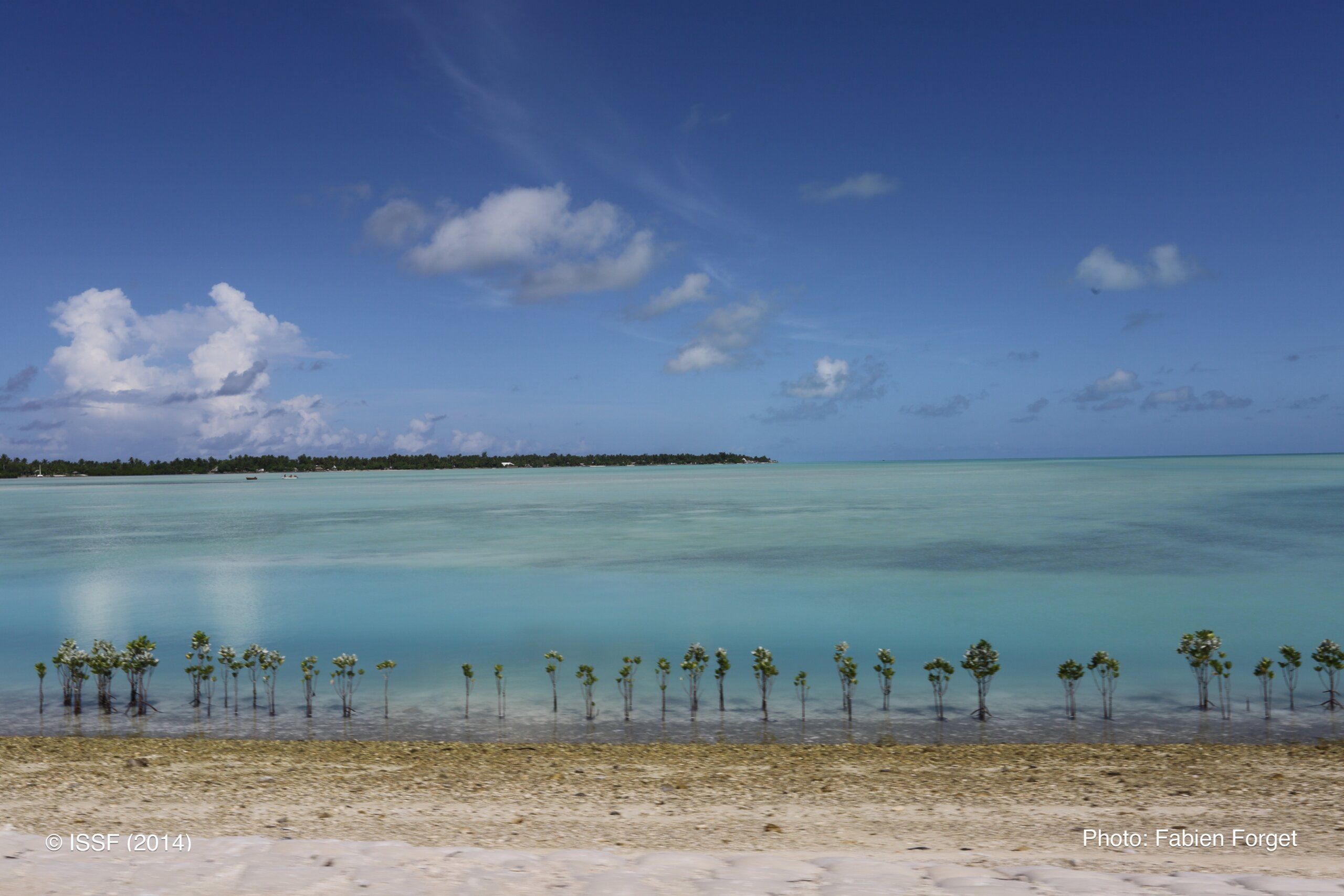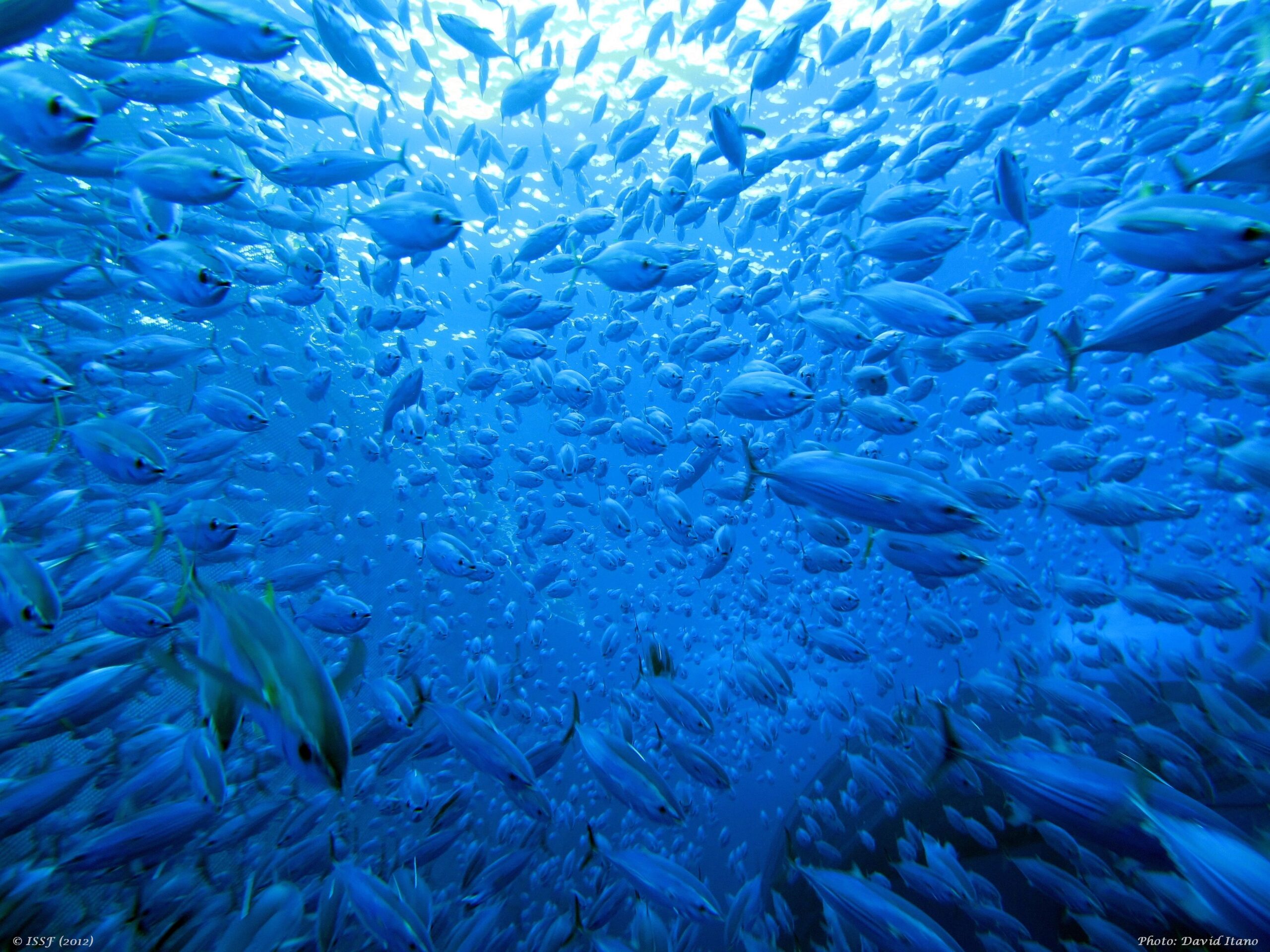
At Annual WCPFC Meeting, Pacific Fisheries Managers Must Boost Monitoring and Stock Sustainability
The tuna fisheries in the western and central Pacific Ocean (WCPO) are the largest and most valuable in the world. The region produces 51 percent of the global tuna catch, and the Western and Central Pacific Fisheries Commission (WCPFC) is the regional fisheries management organization (RFMO) responsible for managing these expansive ocean waters.
WCPFC is charged with ensuring the sustainability of highly migratory fish stocks, including tunas and sharks, across a vast area of ocean — a challenging task given the large number and types of vessels engaging in tuna fishing and the prevalence of at-sea transshipment activities in the region.
At WCPFC’s November 28–December 3 annual meeting in Fiji, members must improve their control over these fisheries by strengthening vessel oversight and improving tuna conservation measures for long-term sustainability. ISSF urges members to take the following priority actions.
Adopt electronic monitoring standards, and better manage transshipment to improve data collection and prevent illegal fishing
Comprehensive observer coverage of fishing vessels is the key to collecting independent, robust data, which are essential to effective fisheries management through compliance monitoring and verification of catch, fishing effort, species composition and bycatch. One hundred percent observer coverage of all industrial fishing in WCPO tuna fisheries — either through human observers on board or electronic monitoring (EM) — is achievable and necessary.
Currently WCPFC requires only purse seine vessels to have 100% observer coverage. In contrast, longline vessels are to achieve just a 5 percent minimum level of observer coverage. WCPFC’s peer RFMOs in the Indian, Atlantic, and Eastern Pacific Oceans have now all adopted interim minimum standards for EM. Despite the Commission’s establishment of an EM working group in 2014, WCPFC has not yet agreed to an EM program or EM standards.
This year, WCPFC must adopt interim EM program standards for all gear types, along with a timeline for implementation beginning in 2025. These standards should be consistent with the standards of other tuna RFMOS to account for the many vessels that move among tuna RFMOs.
WCPFC scientists recommend that the Commission explore options to expand the observer coverage on longline vessels through both human and electronic methods. By taking action to adopt EM standards this year, WCPFC will be well placed to develop a robust timeline and plan to substantially increase at-sea monitoring of longline fisheries.
Independent and complete data on at-sea transshipment — a key step in the seafood supply chain — is also important to fisheries managers, and when it is not well-managed, at-sea transshipment can be a conduit for illegal, unreported and unregulated (IUU) fish to enter the market.
WPCPC’s measure on transshipment is insufficient and not aligned with best practice requirements. Although WCFPC established a working group for this issue in 2019, and that group met several times in this year and last year, no recommended improvements have been agreed to.
We are therefore urging the Commission to strengthen its regulation of at-sea transshipment at this meeting to ensure at-sea activity is rigorously regulated and all required data are reported. Needed enhancements include requiring that all transshipment activities are reported to WCPFC in near real-time. We are also seeking electronic reporting for all transshipment activity and a progressive increase in observer coverage on unloading vessels involved in transshipment. We list additional best practice “asks” in our 2024 position statement to WCPFC.
Advance tuna conservation and management measures, especially through the expansion of management procedures to more stocks
WCPFC also has the opportunity to progress tuna stock conservation this year. Most WCPO tuna stocks are at healthy levels of abundance. Therefore, it is imperative that WCPFC managers continue to take science-based management action to ensure WCPO stocks are healthy.
Management procedures (MP), or harvest strategies, are precautionary science-based rules designed to meet management objectives set by fisheries managers, such as maintaining stocks at healthy levels over the long term with a high degree of certainty. Well-designed harvest strategies provide managers with greater control over fisheries by creating more predictable and stable outcomes.
WCPFC has made good progress in this critical area recently. In 2022, the Commission adopted a skipjack MP. In 2023, WCPFC translated outputs of that MP into fishing catch-and-effort controls in an updated tropical tuna measure. A harvest control rule for North Pacific Albacore was also adopted.
Now, WCPFC needs to build on these successes by 1) continuing to develop MPs for bigeye and yellowfin tuna stocks and 2) adopting an interim MP for South Pacific albacore tuna. WCPFC also needs to cooperate with IATTC, its peer RFMO in the Eastern Pacific Ocean, to ensure that South Pacific Albacore is managed consistently throughout its range.
WCPFC members will have many opportunities at their annual meeting to continue improving the management of their valuable fisheries. Improvements in the monitoring and verification of fishing operations and further steps to develop precautionary, science-based tuna measures will keep WCPFC at the forefront of sustainable tuna management.


